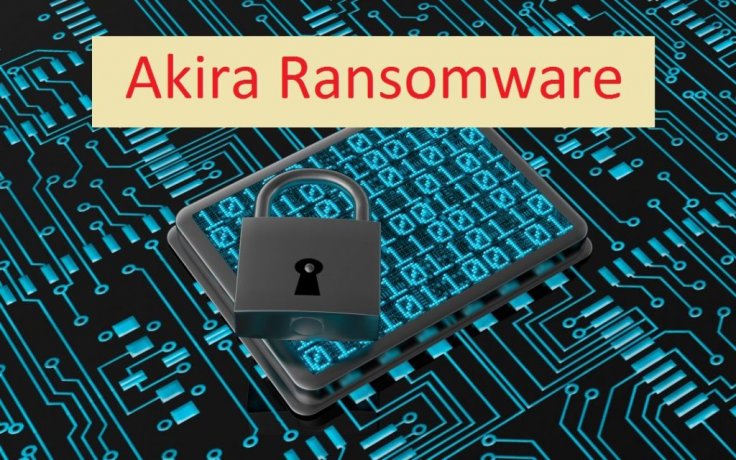The world has become increasingly vulnerable to cyber assaults as technology has advanced and our reliance on digital systems has grown. As hostile actors seek new ways to infiltrate and damage sensitive information, cybersecurity has become an increasingly important component of our online life.
Akira is one such harmful virus, a malware meant to attack Windows and Linux-based systems with the primary goal of extorting users via data encryption. This paper dives into the dark strategies used by the attackers behind Akira and discusses critical countermeasures to this developing cyber threat.

What is Akira?: A Threat to Windows and Linux-based Systems Akira is a malicious software that poses a grave risk to the security and privacy of individuals and organizations. Its modus operandi involves stealthily infiltrating systems to pilfer crucial information, ultimately leading to data encryption. Once the attackers have obtained the desired data, they employ ransomware to encrypt it, rendering it inaccessible to the rightful users.
According to the virus's technical specifications, 'Akira' erases Windows Shadow Volume Copies on the targeted device before encrypting contents. During the encryption process, the name of each encrypted file is appended with a '.akira' extension. In addition, to avoid interfering with the encryption process, the ransomware stops active Windows services via the Windows Restart Manager API. Except for Program Data, Recycle Bin, Boot, System Volume Information, and Windows directories, files in other hard drive folders are encrypted.
This two fold extortion strategy coerces victims into paying a ransom in order to regain control of their encrypted data, which frequently results in huge financial losses.The Fearsome Double Extortion Scheme To maximise their profits, the hackers behind Akira launch a double extortion plan. They demand a ransom in exchange for the decryption key after encrypting the victim's files. If the victim refuses to comply with these requests, the assailants will resort to intimidation techniques. They may make the stolen data public on the dark web, perhaps incurring significant reputational damage and revealing sensitive information. Such behaviours can have disastrous implications for individuals, businesses, and organisations alike.
Preventive Measures for Enhanced Cybersecurity
To combat the rising threats of malware like Akira, individuals and organizations must adopt robust cybersecurity practices. Basic online hygiene and protection protocols are essential in safeguarding against potential attacks. The following measures are recommended:
- Keep Software and Operating Systems Updated: Regularly update all software and operating systems with the latest security patches. This helps in mitigating vulnerabilities that attackers may exploit.
- Scan Systems for Malware: Regularly conduct comprehensive system scans using reliable antivirus software to detect and remove any potential malware threats.
- Exercise Caution with Email Attachments and Downloads: Be cautious while opening email attachments or downloading files from untrusted sources. Malware often disguises itself as harmless files, exploiting unsuspecting victims.
The Indian Government's cybersecurity arm, CERT-In, has offered additional recommendations to fortify defenses against cyber threats like
Maintain Offline Backup: Regularly create and update offline backups of critical data. This precaution ensures that even in the event of a ransomware attack, the data can be restored without succumbing to hackers' demands.
Implement a Robust Password Policy: Employ strong and unique passwords for all online accounts. Avoid reusing passwords across multiple platforms to minimize the risk of unauthorized access.
The rise of malicious software like Akira underscores the critical need for individuals and organizations to prioritize cybersecurity. By adopting basic online hygiene practices and implementing the recommendations from CERT-In, we can bolster our defences against cyber threats and protect sensitive data from falling into the wrong hands. Vigilance and preparedness are key to safeguarding our digital world and ensuring a secure online environment for everyone.









